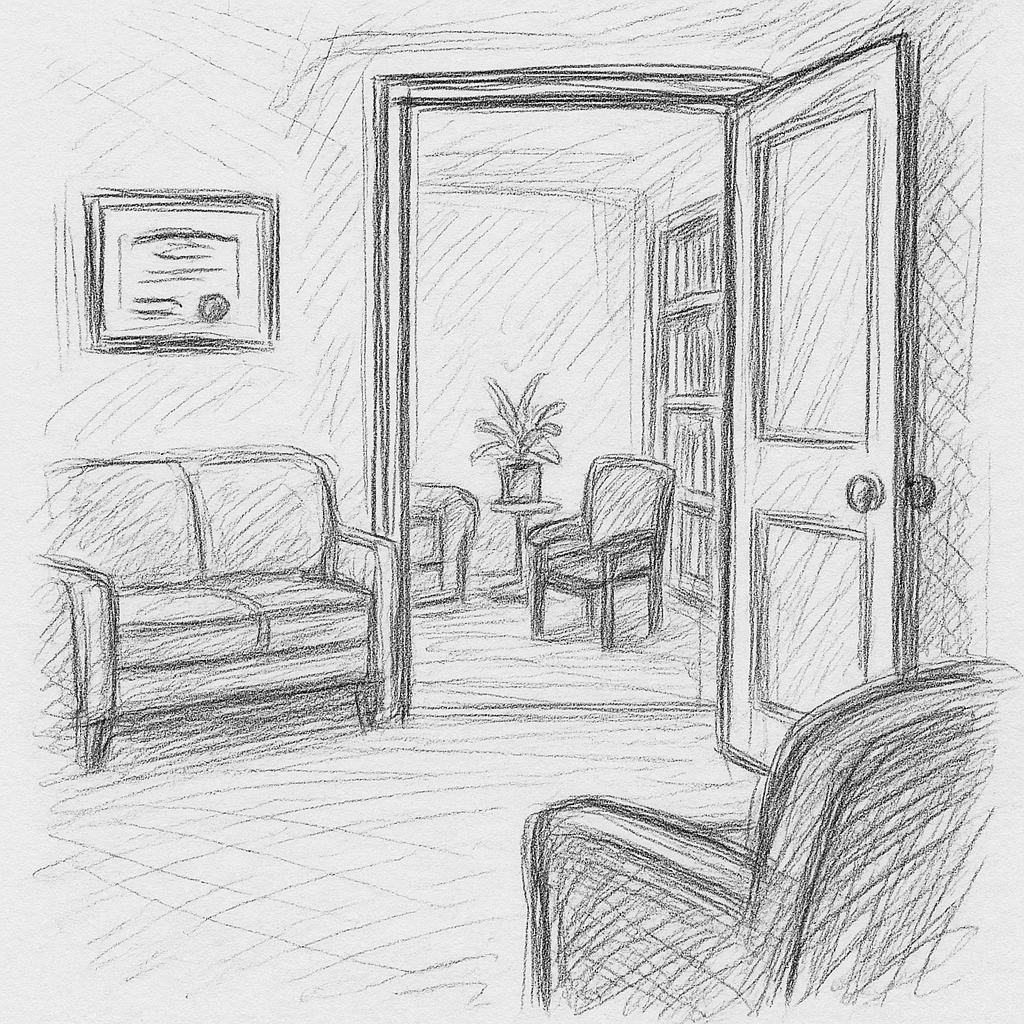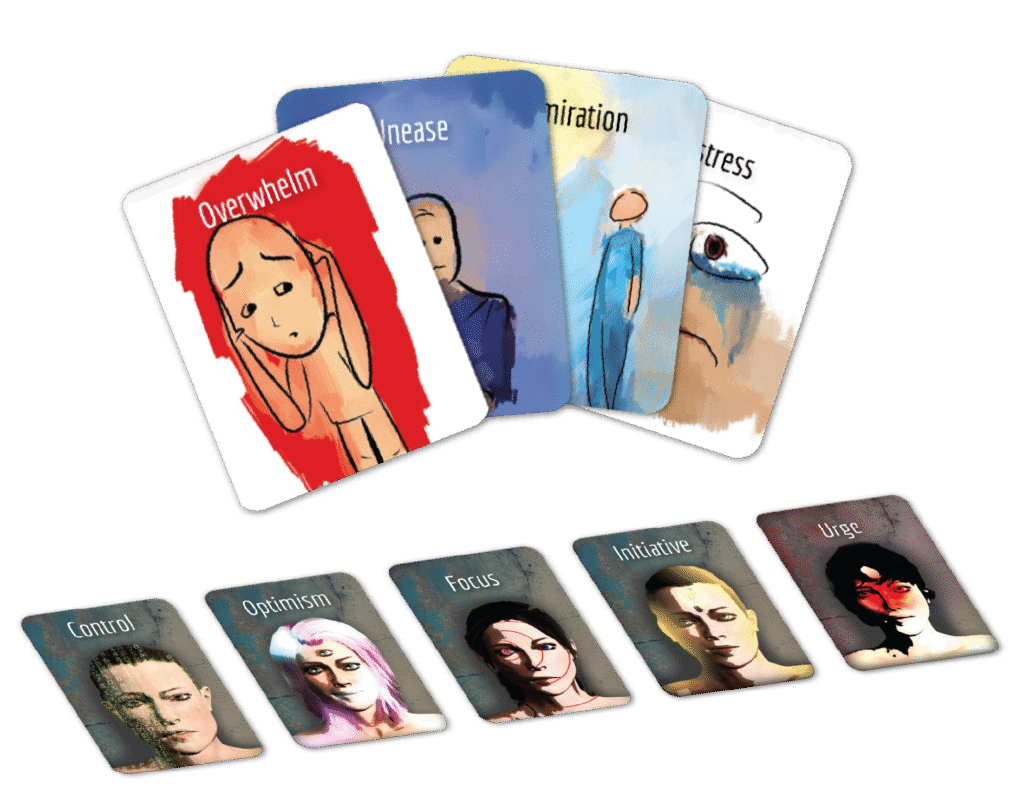Some of the most meaningful parts of therapy unfold after the session ends—during the drive home, in a moment of silence three days later, or when a familiar trigger lands a little differently than before.
But the space between sessions can also feel blank, disjointed, or too much to hold alone.
Here are 12 ways to help clients stay gently connected to the work between meetings—without pressure, assignments, or over-structuring. Just small gestures of holding, together.
1. Invite Curiosity About the Week Ahead
Instead of focusing on what clients “should” notice, try:
“I wonder if anything from today might echo during the week—if it does, you can just notice it.”
This plants a seed without creating obligation.
2. Use Clear Anchors at the End of Sessions
Offer continuity with a simple cue:
“Let’s both keep this in the back of our minds this week.”
Small phrases like this help clients leave feeling held—not dropped.
3. Offer Gentle Observing, Not Assignments
Say:
“If this feeling comes up again, just notice how your body reacts. No pressure to change it.”
It builds awareness without turning therapy into performance.
4. Let Clients Name What They Want to Take With Them
Ask:
“Is there anything from today that feels worth keeping in view this week?”
Letting them choose their own thread increases emotional ownership.
5. Use a Card as a Bookmark for the Process
At the end of a session, show your therapy cards and say:
“Is there one here that feels worth holding until next time?”
Let them pick. You can write it down or place it where they’ll see it again next session.
This small ritual—having the same card waiting on your desk when they return—can offer a sense of structure, memory, and care.
6. Notice the Way They Exit
Reflect gently:
“Just notice how you’re feeling as you leave today—it might show up again this week.”
These micro-reflections help track emotional shifts without dissecting them.
7. Ask What Might Linger
Try:
“Is there something from today you think might stick around?”
Clients often discover their own continuity when invited to notice.
8. Hold Raw Threads Lightly
If something big surfaces late in the session, ask:
“Would you like me to check in about this next time, or leave it for you to bring up?”
Letting them decide signals care and supports agency.
9. Reassure That the Work Continues
Remind them:
“We’re still holding this—it’s not lost.”
That reassurance can ease fear that something important slipped away.
10. Contain Without Clinging
After emotionally intense work, you might say:
“You don’t have to hold this all on your own. We’ll keep building on it together.”
11. Use Subtle Continuity Cues
Even saying “Until next time” instead of “Goodbye” can keep the thread alive. The tone of your endings matters as much as the words.
12. Trust What Integrates Quietly
Some of the deepest shifts don’t announce themselves. They settle quietly, until the client is ready to name them. Not everything needs immediate unpacking to be meaningful.
Final Thought
Clients don’t need to “use” the space between sessions a certain way. But when we offer gentle continuity—through language, rituals, and presence—we help them feel less alone in the process.
Looking for tools to support emotional bridging between sessions?
OK2Feel therapy cards offer gentle prompts that help clients feel seen, grounded, and held—whether you’re in the room or not.




